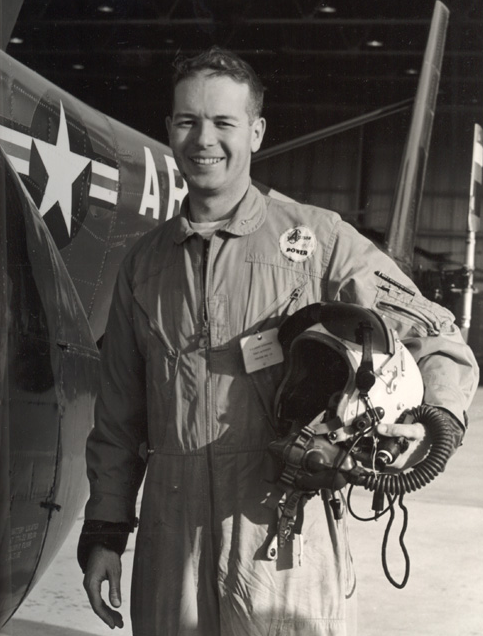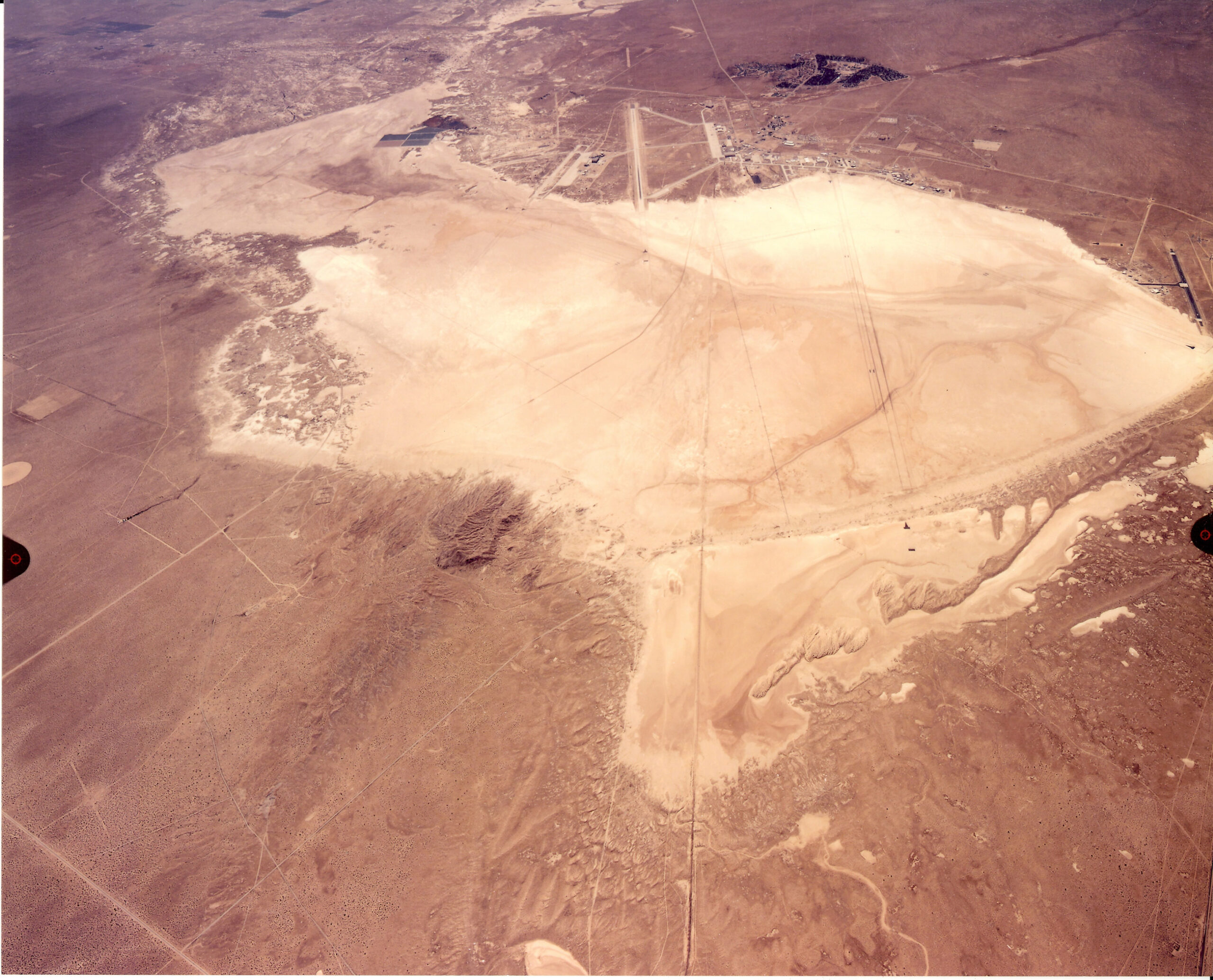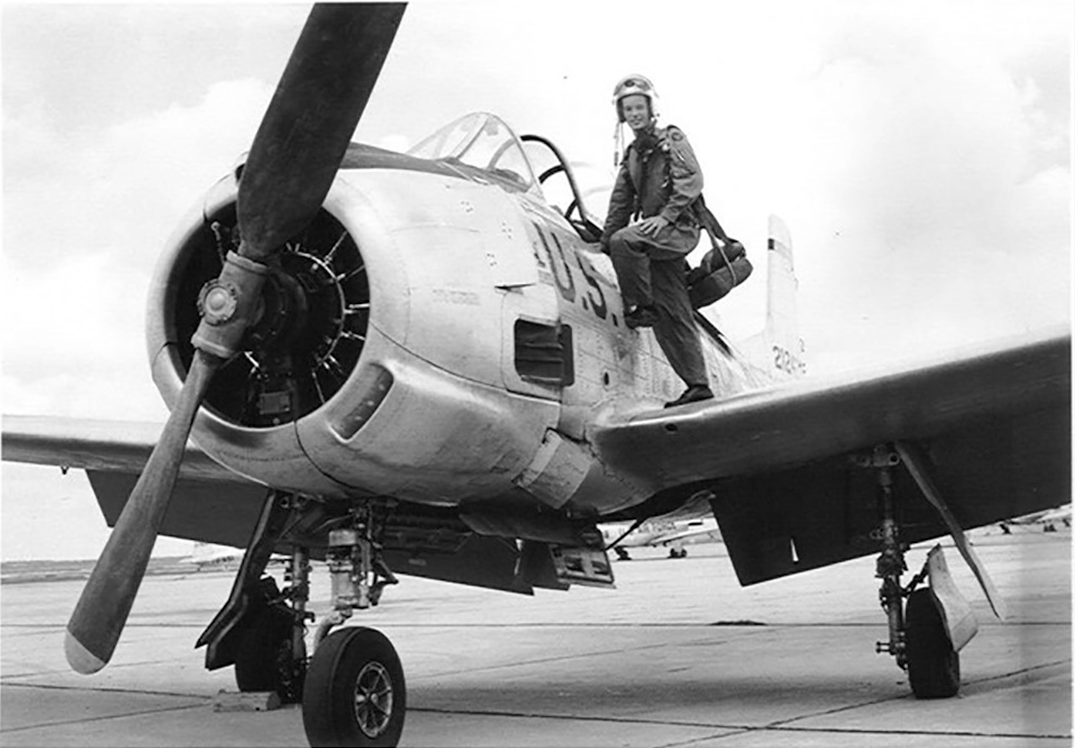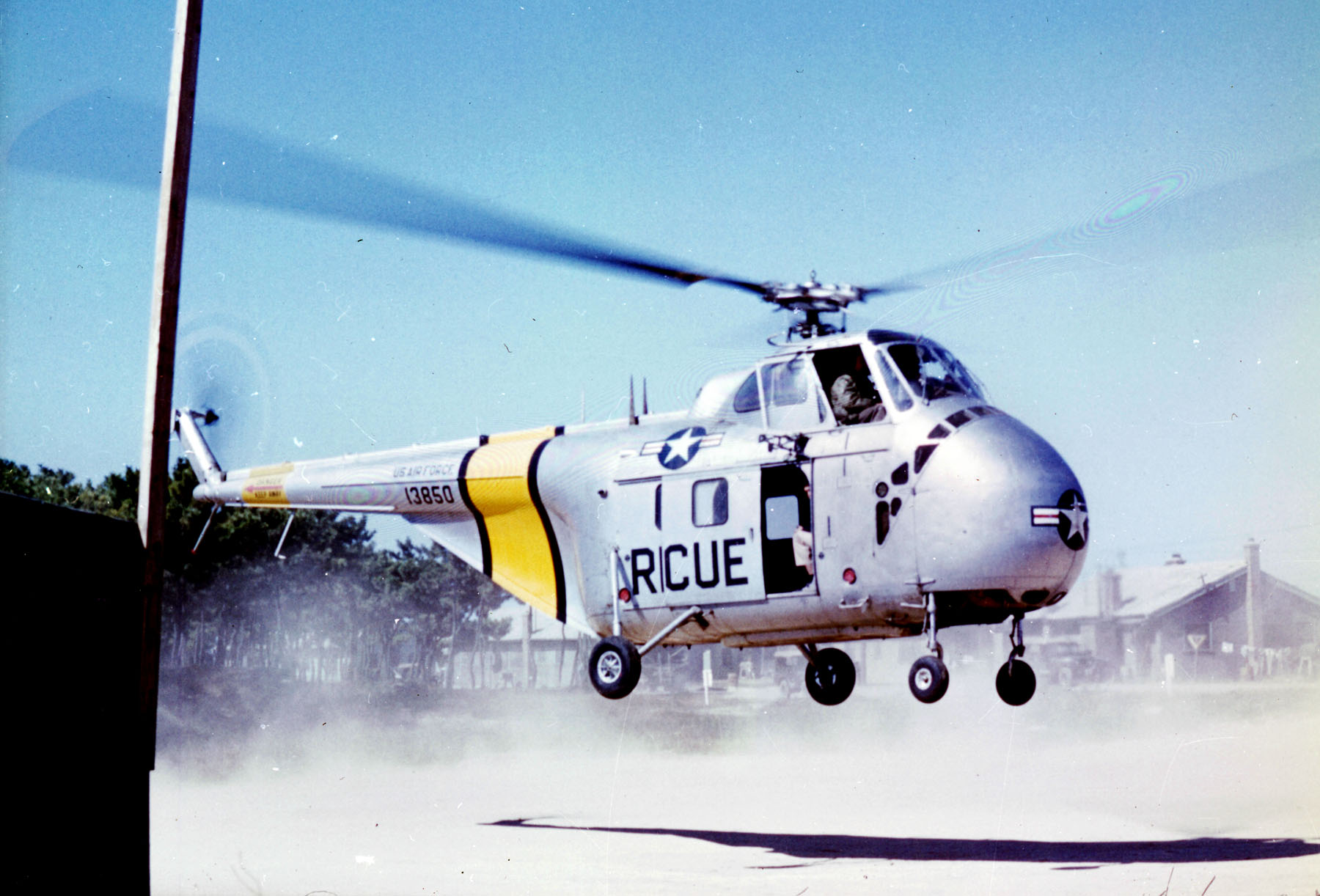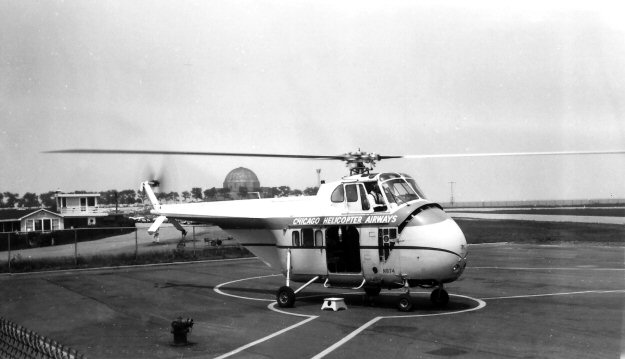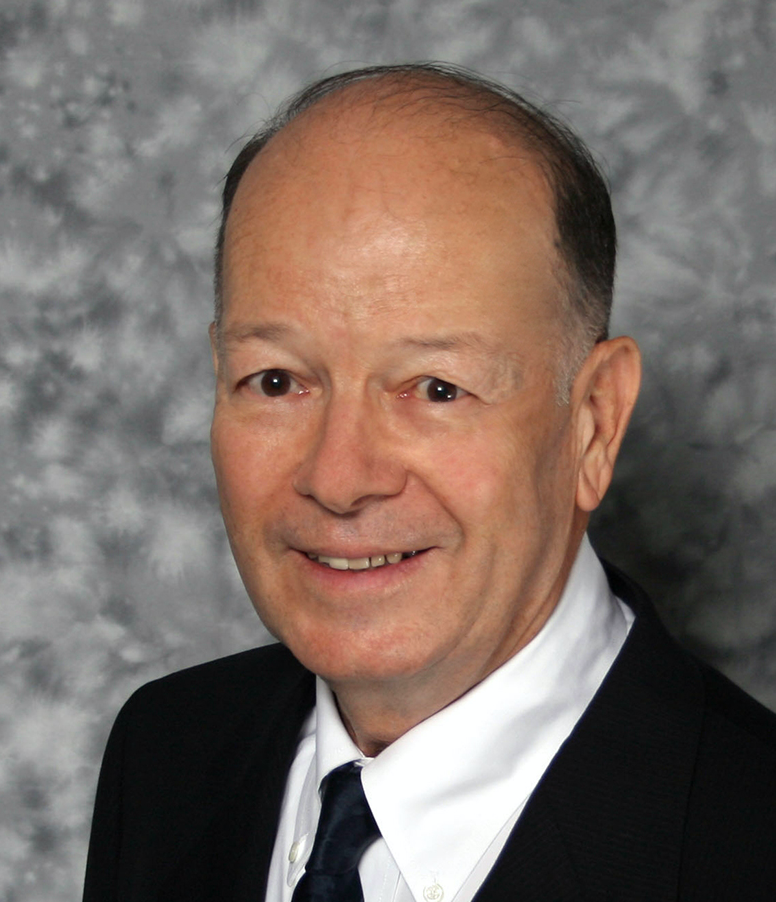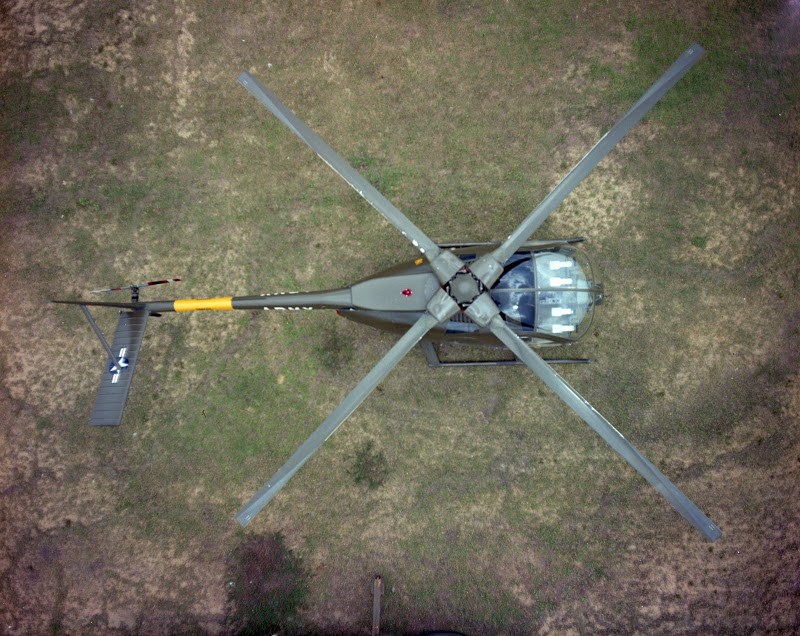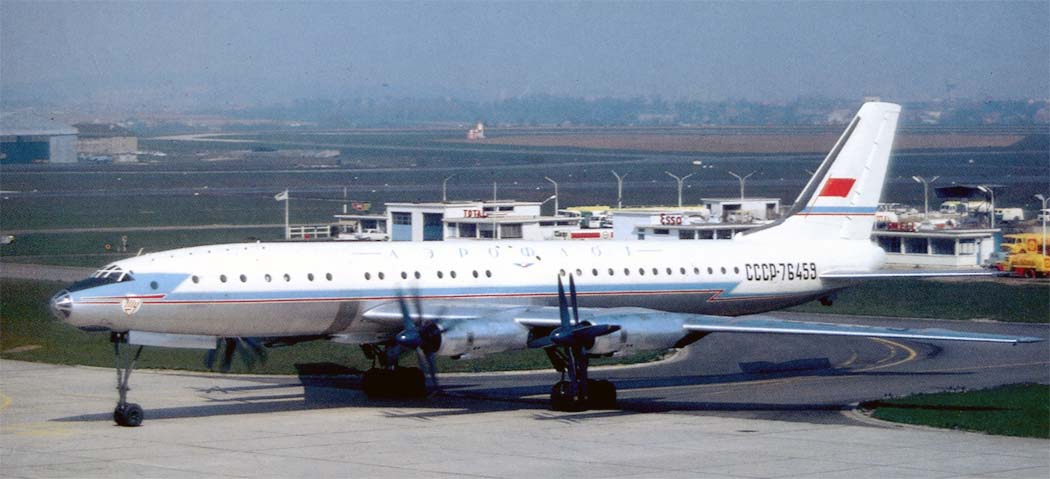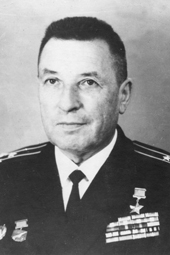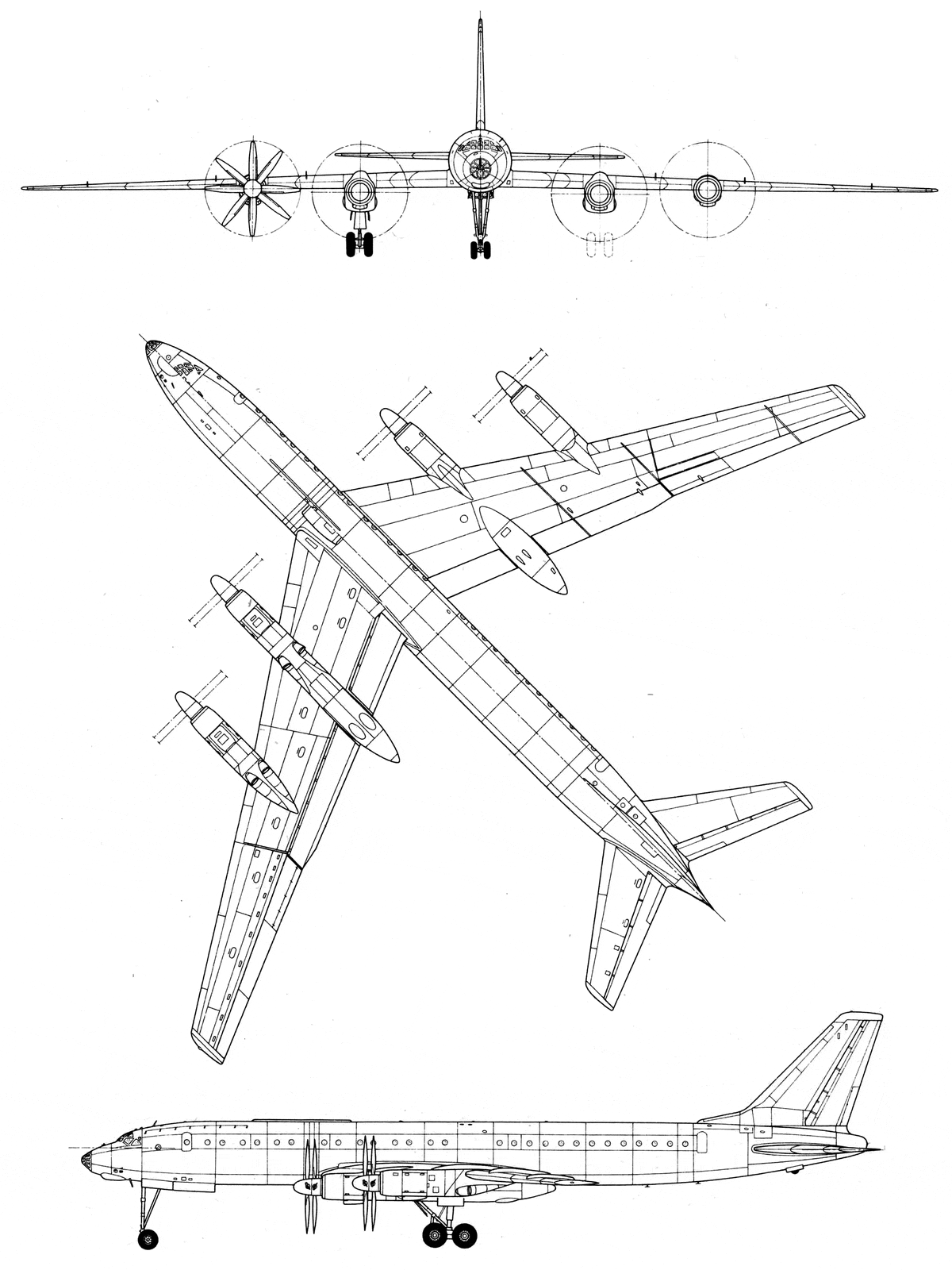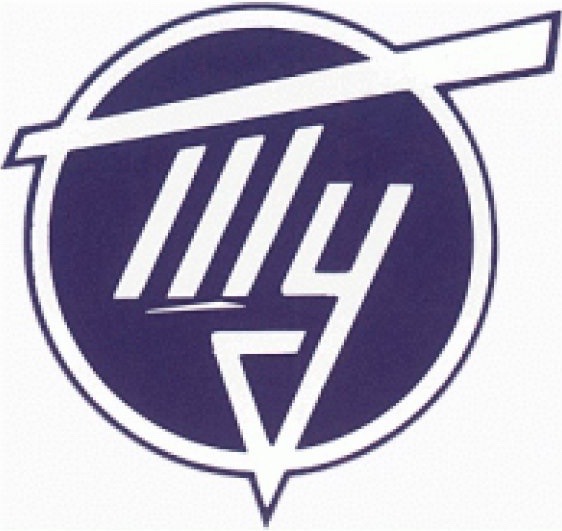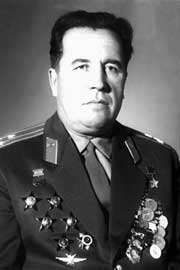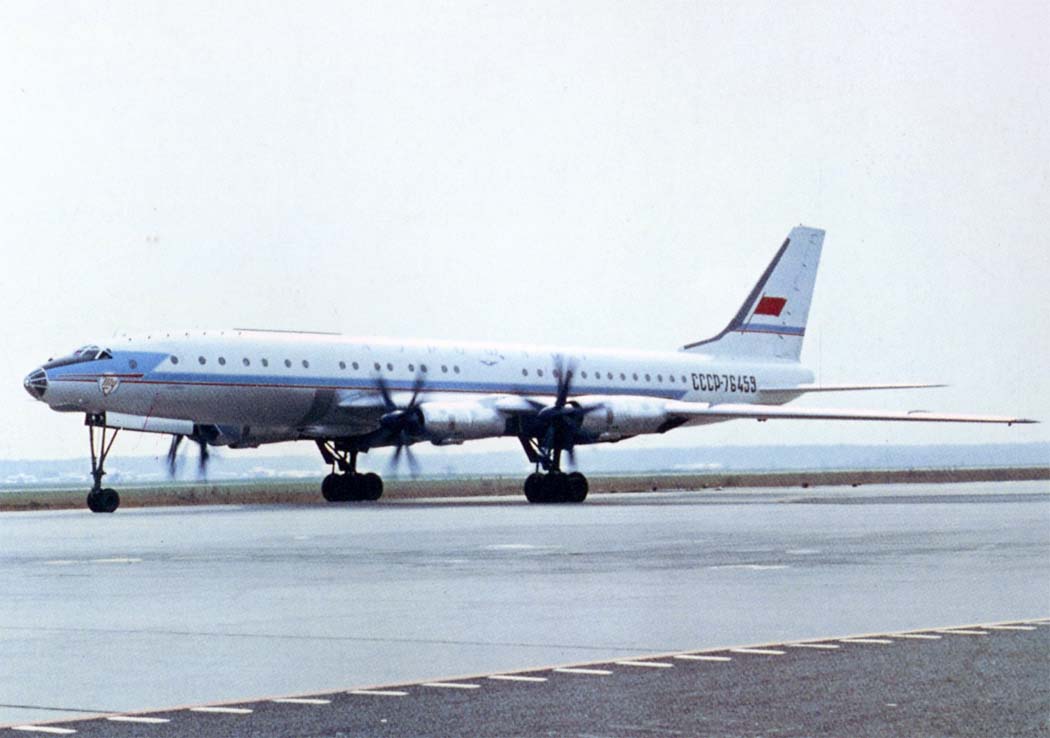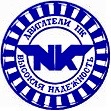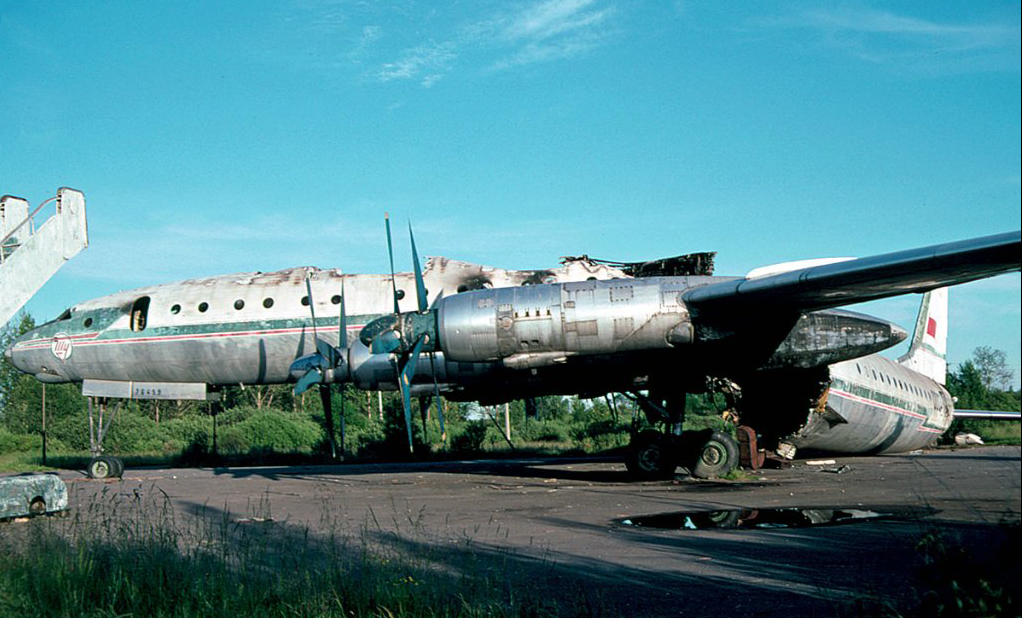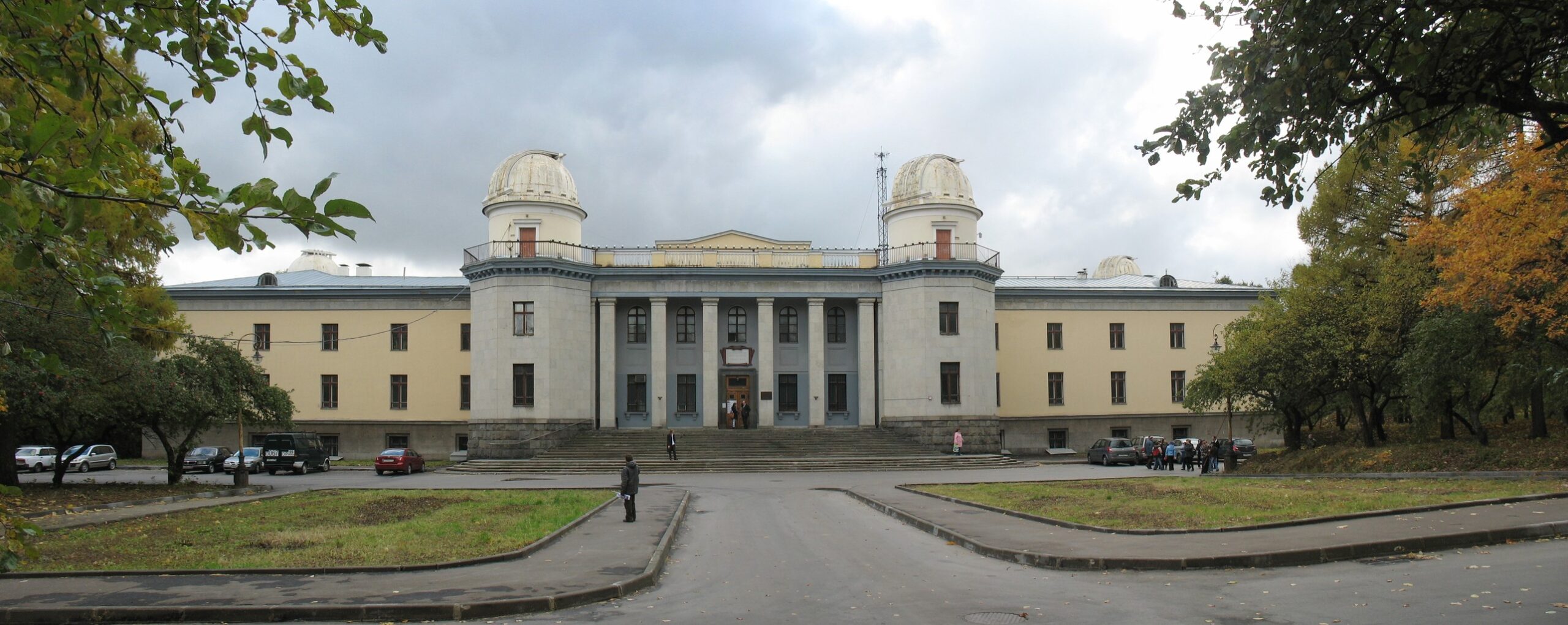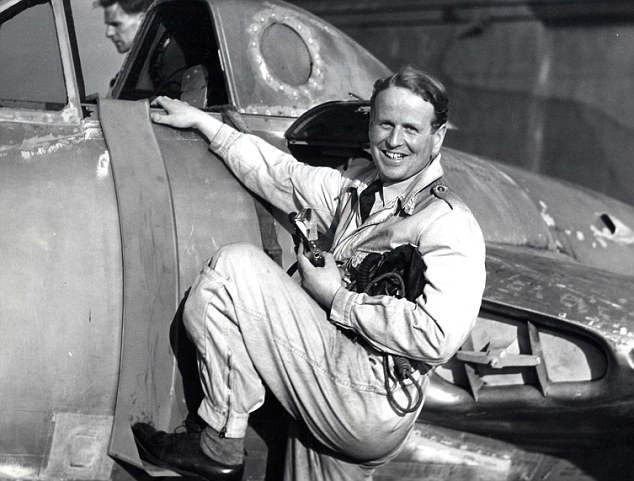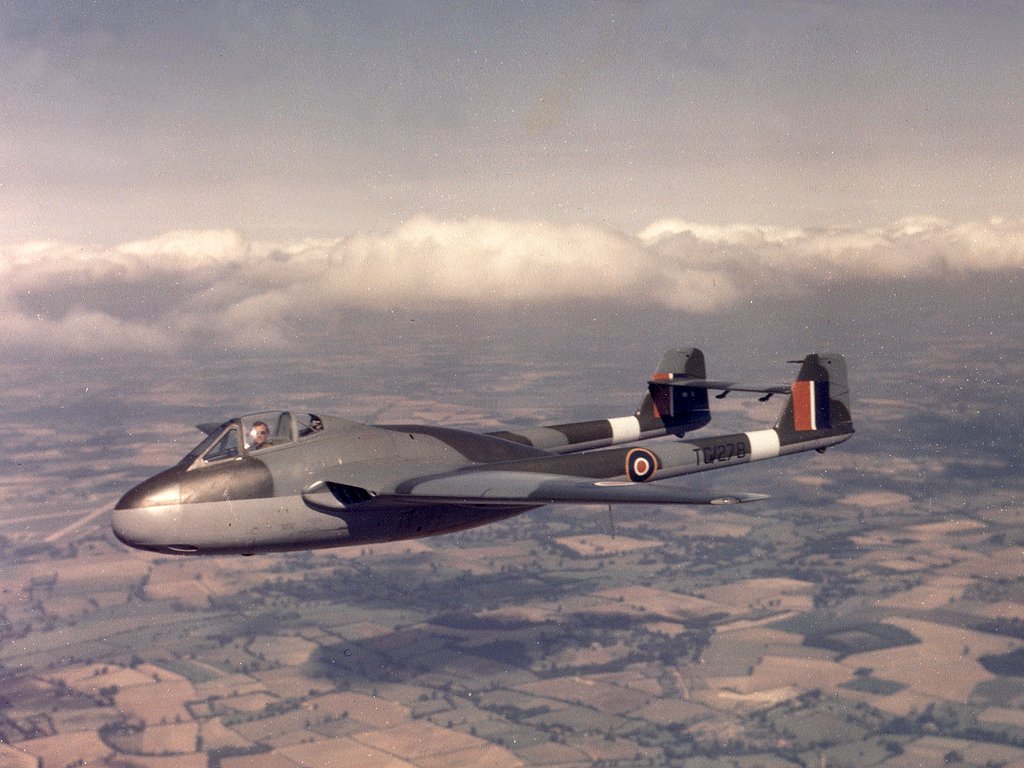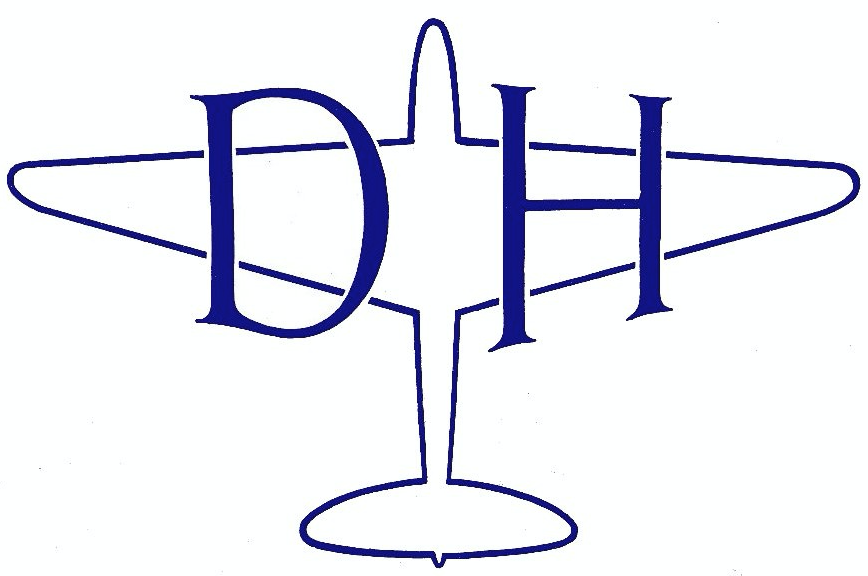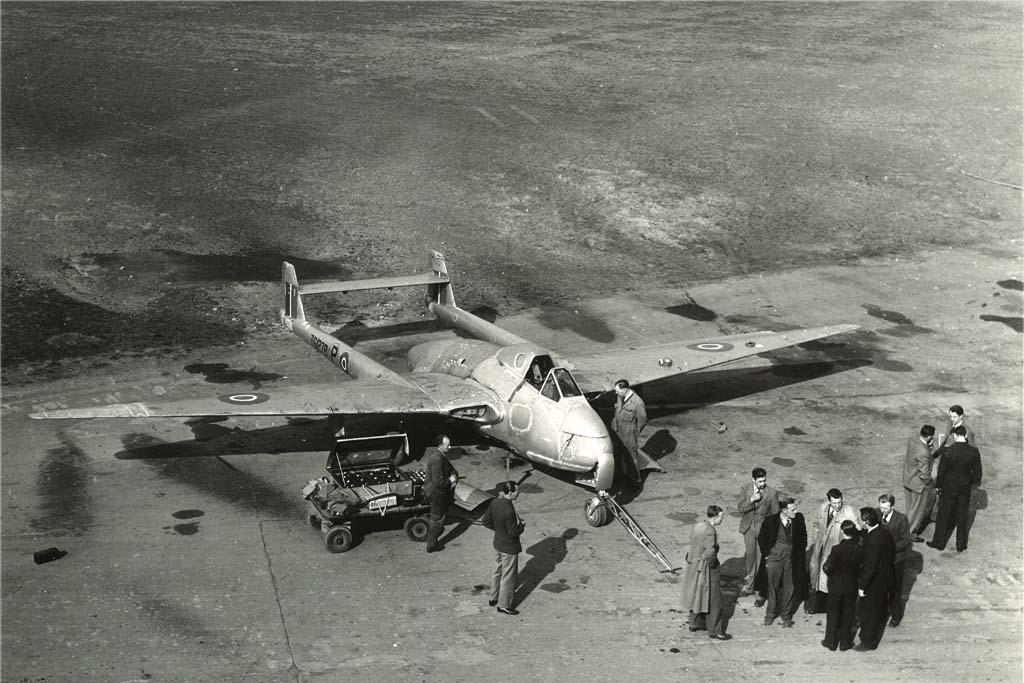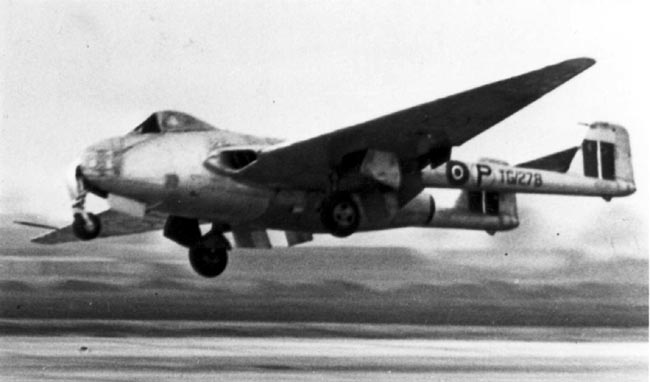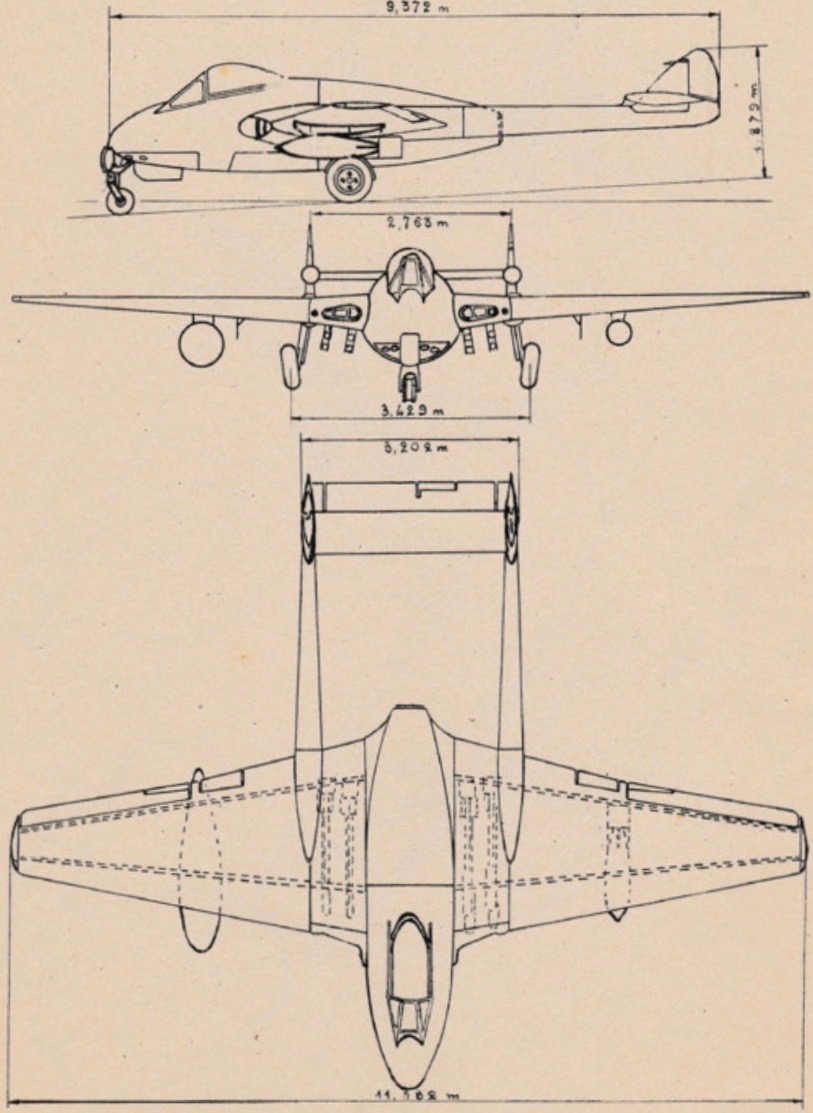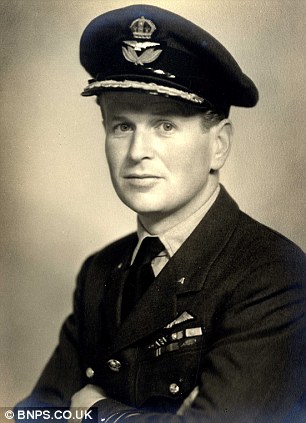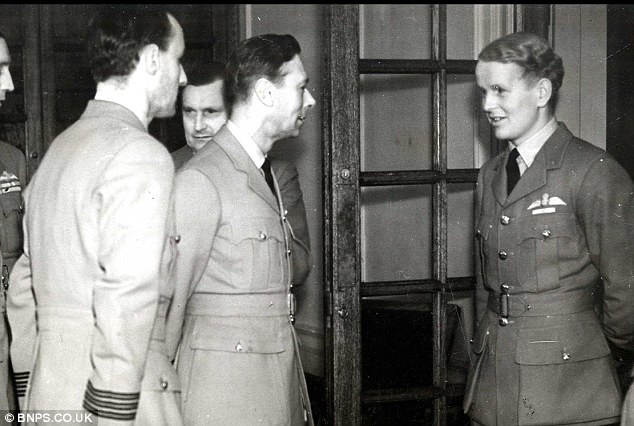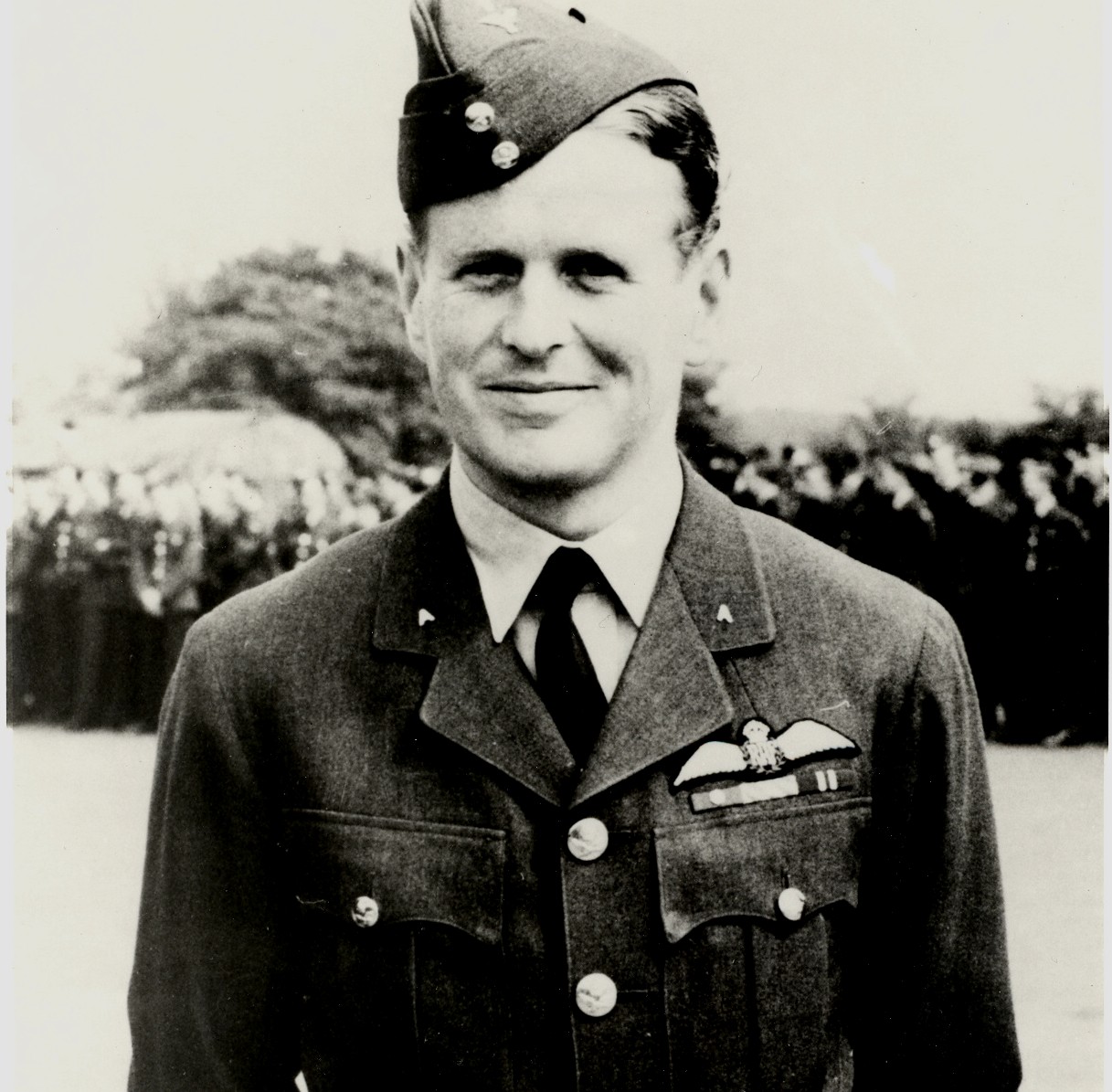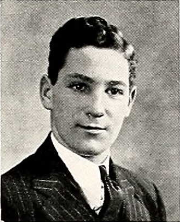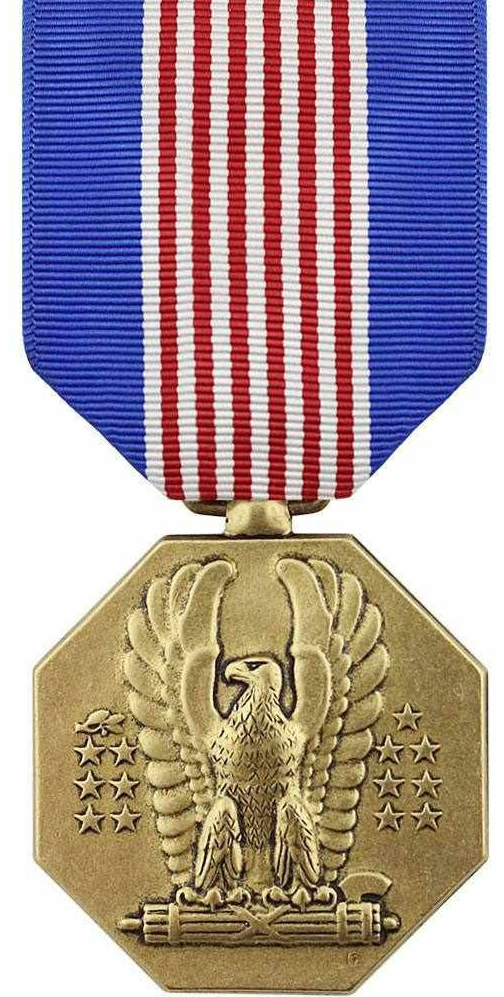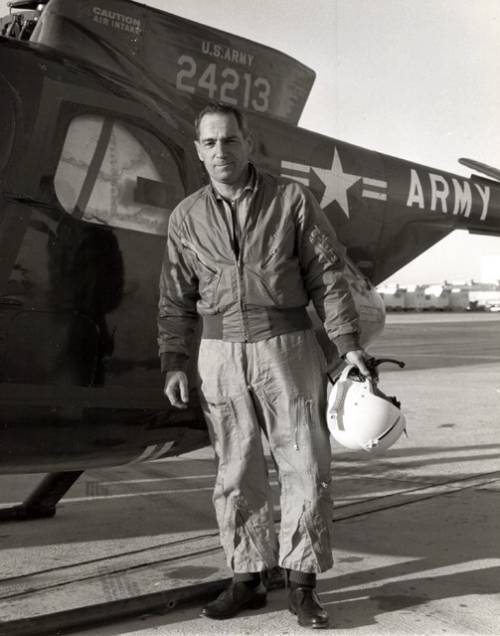
 27 March 1966: At Edwards Air Force Base in the high desert of southern California, Hughes Aircraft Company test pilot Jack Louis Zimmerman flew the third prototype YOH-6A Light Observation Helicopter, 62-4213, to set six Fédération Aéronautique Internationale (FAI) World Record for Altitude and Time-to-Climb. The records were set in two sub-classes, based on the helicopter’s take-off weight. Fifty-eight years later, one of these records still stands.
27 March 1966: At Edwards Air Force Base in the high desert of southern California, Hughes Aircraft Company test pilot Jack Louis Zimmerman flew the third prototype YOH-6A Light Observation Helicopter, 62-4213, to set six Fédération Aéronautique Internationale (FAI) World Record for Altitude and Time-to-Climb. The records were set in two sub-classes, based on the helicopter’s take-off weight. Fifty-eight years later, one of these records still stands.
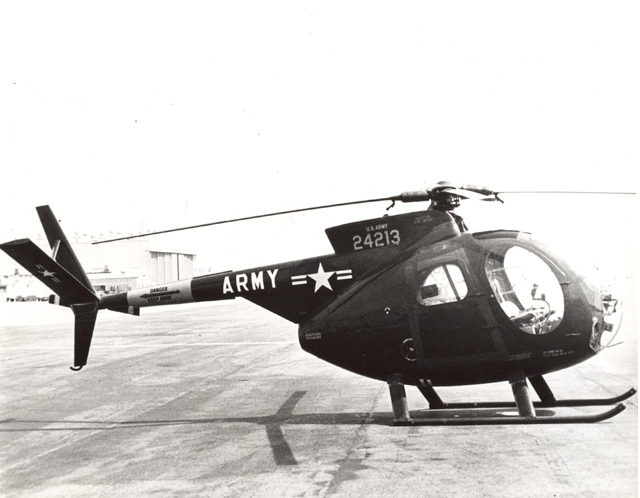
Zimmerman took the YOH-6A from the surface to a height of 3,000 meters (9,843 feet) in 4 minutes, 1.5 seconds ;¹ and to 6,000 meters (19,685 feet) in 7 minutes, 12 seconds.² The helicopter reached an altitude in level flight of 8,061 meters (26,447 feet).³ 9921 remains the current record for helicopters in Sub-Class E-1b, with a takeoff weight of 500–1,000 kilograms (1,102–2,205pounds).
Beginning with a takeoff weight between 1,000–1,750 kilograms (2,205–3,858 pounds) (Sub-Class E-1c), Zimmerman took the “loach” to a height 3,000 meters (9,843 feet) in 5 minutes, 37 seconds.⁴ The helicopter reached an altitude of 5,503 meters (16,578 feet), without payload.⁵
[The field elevation of Edwards Air Force Base (EDW) is 2,210 feet (704 meters) above Sea Level. If the time-to-altitude flights had been made at nearby NAS Point Mugu (NTD) on the southern California coast, which has a field elevation 13 feet (4 meters), the times might have been significantly reduced. The air temperature at Edwards, though, was much colder.]
One day earlier, 26 March, Allison Engine Company test pilot Jack Schweibold flew the same YOH-6A to set three Fédération Aéronautique Internationale (FAI) World Records for Distance Over a Closed Circuit Without Landing of 2,800.20 kilometers (1,739.96 miles).⁶ One week earlier, 20 March, Jack Zimmerman had set a Fédération Aéronautique Internationale (FAI) World Record for Distance Over a Closed Circuit Without Landing of 1,700.12 kilometers (1,056.41 miles).⁷ Fifty-eight years later, these four World Records still stand.
 The Hughes Model 369 was built in response to a U.S. Army requirement for a Light Observation Helicopter (“L.O.H.”). It was designated YOH-6A, and the first aircraft received U.S. Army serial number 62-4211. It competed with prototypes from Bell Helicopter Company (YOH-4) and Fairchild-Hiller (YOH-5). All three aircraft were powered by a lightweight Allison Engine Company turboshaft engine. The YOH-6A won the three-way competition and was ordered into production as the OH-6A Cayuse. It was nicknamed “loach,” an acronym for L.O.H.
The Hughes Model 369 was built in response to a U.S. Army requirement for a Light Observation Helicopter (“L.O.H.”). It was designated YOH-6A, and the first aircraft received U.S. Army serial number 62-4211. It competed with prototypes from Bell Helicopter Company (YOH-4) and Fairchild-Hiller (YOH-5). All three aircraft were powered by a lightweight Allison Engine Company turboshaft engine. The YOH-6A won the three-way competition and was ordered into production as the OH-6A Cayuse. It was nicknamed “loach,” an acronym for L.O.H.
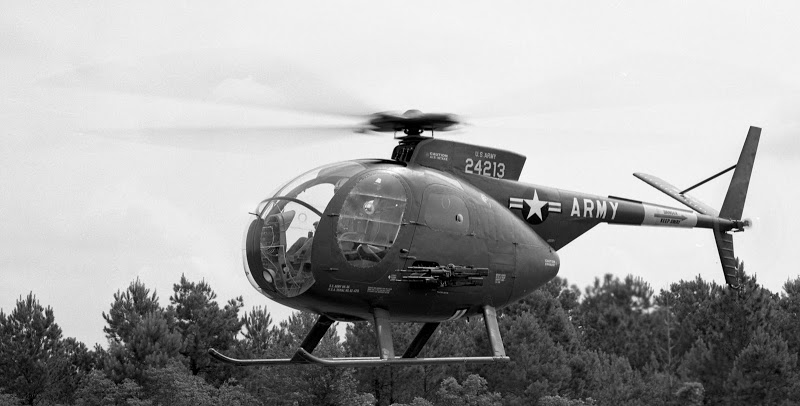
The YOH-6A was a two-place light helicopter, flown by a single pilot. It had a four-bladed, articulated main rotor which turned counter-clockwise, as seen from above. (The advancing blade is on the helicopter’s right.) Stacks of thin stainless steel “straps” fastened the rotor blades to the hub and were flexible enough to allow for flapping and feathering. Hydraulic dampers controlled lead-lag. Originally, there were blade cuffs around the main rotor blade roots in an attempt to reduce aerodynamic drag, but these were soon discarded. A two-bladed semi-rigid tail rotor was mounted on the left side of the tail boom. Seen from the left, the tail-rotor rotates counter-clockwise. (The advancing blade is above the axis of rotation.)
The YOH-6A was powered by a T63-A-5 turboshaft engine (Allison Model 250-C10) mounted behind the cabin at a 45° angle. The engine was rated at 212 shaft horsepower at 52,142 r.p.m. (102% N1) and 693 °C. turbine outlet temperature for maximum continuous power, and 250 shaft horsepower at 738 °C., 5-minute limit, for takeoff. Production OH-6A helicopters used the slightly more powerful T63-A-5A (250-C10A) engine.
The Hughes Tool Company Aircraft Division built 1,420 OH-6A Cayuse helicopters for the U.S. Army. The helicopter remains in production as AH-6C and MH-6 military helicopters, and the MD500E and MD530F civil aircraft.
Hughes YOH-6A 62-4213 is in the collection of the United States Army Aviation Museum, Fort Rucker, Alabama.
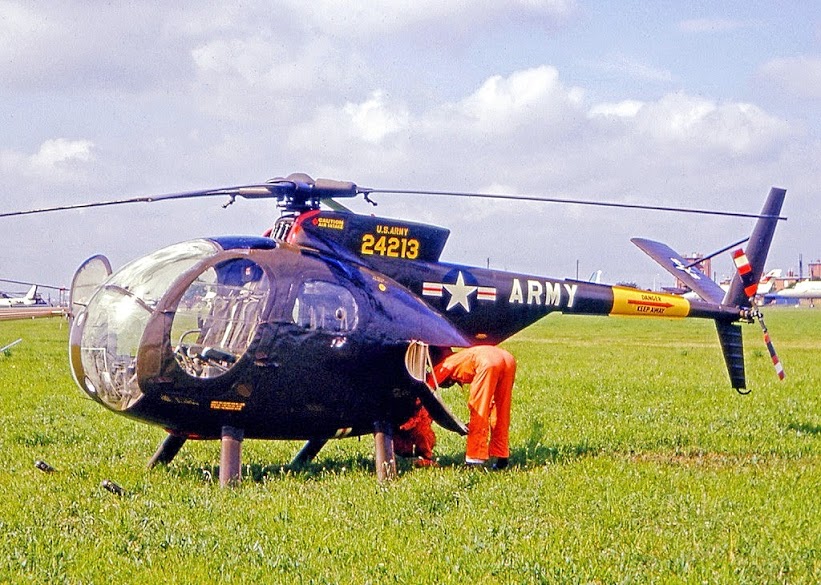
¹ FAI Record File Number 9922
² FAI Record File Number 9923
³ FAI Record File Numbers 9920 and 9921
⁴ FAI Record File Number 771
⁵ FAI Record File Number 772
⁶ FAI Record File Numbers 786, 787 and 11656.
⁷ FAI Record File Number 762.
© 2017 Bryan R. Swopes
